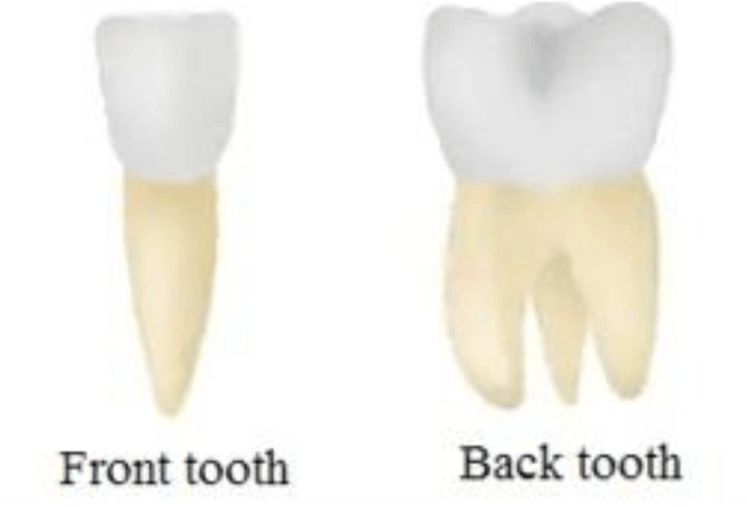A Busy Month Questions and Answers - Free PDF Download
FAQs on NCERT Solutions For Class 4 Evs Chapter 16 A Busy Month - 2025-26
1. What is the core topic explained in the NCERT Solutions for Class 4 EVS Chapter 16, 'A Busy Month'?
As per the CBSE 2025-26 syllabus, Chapter 16, 'A Busy Month', focuses on the lives of different birds. The NCERT Solutions explain their nesting habits, the materials they use, how they care for their young, and the different shapes of their beaks and claws, which are adapted for different purposes.
2. How do the NCERT Solutions describe the materials various birds use to make their nests?
The solutions provide detailed answers explaining how different birds use materials from their surroundings. For example:
- The Indian Robin uses soft materials like grass, twigs, wool, hair, and cotton wool.
- The Crow builds a nest using a variety of materials, including harder things like pieces of wire and wood.
- The Tailorbird cleverly uses its sharp beak to stitch leaves together with thread or spiderwebs to create a nest.
3. According to the NCERT textbook, what is the correct way to answer a question about where different birds build their nests?
To answer correctly, you should specify the unique locations for each bird. For instance:
- A Dove often makes its nest among the thorns of a cactus plant or a Mehendi hedge for protection.
- A Coppersmith or Barbet bird makes its nest in a hole in a tree trunk.
- Sparrows and Pigeons are commonly found nesting in and around our houses, like on top of cupboards or in ventilators.
4. The chapter mentions different kinds of beaks. How do the NCERT Solutions connect a bird's beak to its food habits?
The NCERT Solutions explain that a bird's beak is a tool designed for the type of food it eats. For example, a Parrot has a hooked beak for cracking nuts and fruits. A Woodpecker has a long, sharp beak to tap into tree trunks and pull out insects. An Eagle has a strong, sharp, hooked beak for tearing meat.
5. What is the correct method to explain the different types of claws birds have, as per Chapter 16?
The correct method is to link the claw's structure to its function. For instance:
- Birds of prey like eagles have strong, sharp claws called talons to catch and hold their prey.
- Birds like cranes and herons have long, slender toes to walk in water (wading).
- Perching birds like sparrows have claws that help them to firmly grip branches while they rest or sleep.
6. Why don't all birds build the same kind of nest or in the same place?
Birds build different nests in various places for several key reasons. Firstly, it provides safety from predators; a nest high on a tree is safe from ground animals, while a thorny cactus protects from climbers. Secondly, birds use locally available materials, which vary from place to place. Finally, the size and design of the nest are adapted to the size of the bird and the number of eggs it lays.
7. The NCERT chapter states that the Koel does not build a nest. How does this unique behaviour help it survive?
The Koel's strategy of laying its eggs in a crow's nest is a form of adaptation called brood parasitism. The key advantage is conservation of energy. The Koel does not have to spend time and effort building a nest, incubating eggs, or feeding its young. The unsuspecting crow does all the work, which significantly increases the survival chances of the Koel's chicks.
8. Beyond birds, Chapter 16 also discusses animal teeth. How do the teeth of a squirrel and a cow show adaptation to their diet?
The teeth of these animals are perfect examples of adaptation. A squirrel has a pair of large, sharp front teeth that keep growing throughout its life. This is necessary because they are constantly worn down by gnawing on hard nuts and seeds. In contrast, a cow has short front teeth for cutting grass and large, flat back teeth for grinding tough plant material, which requires a lot of chewing.
9. Why does the chapter describe April as 'A Busy Month' for birds, and what makes young birds so vulnerable to enemies?
April is a 'busy month' because it is the primary nesting season for many birds. They are occupied with building nests, laying eggs, and raising their young. Newly hatched birds are extremely vulnerable because they are often featherless, unable to see clearly, and cannot fly. They depend entirely on their parents for food and protection, making them easy prey for enemies like cats, rats, and larger birds if the nest is discovered.

























